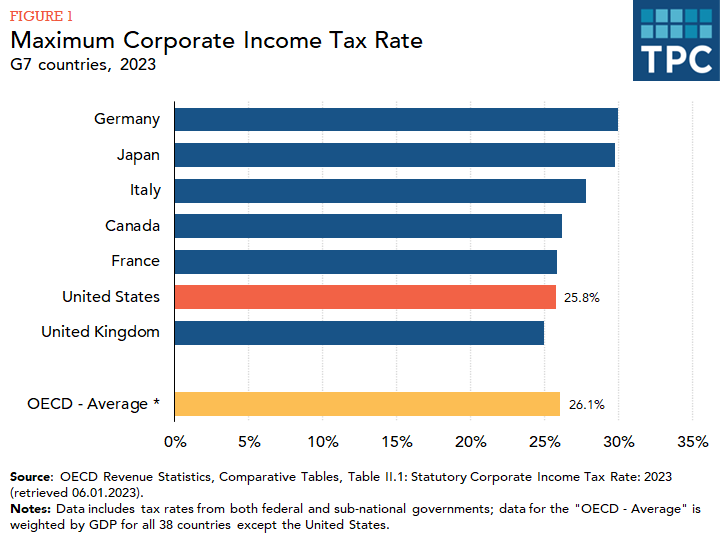BusinessInternationalFriday, August 1, 2025, 07:17 (GMT+7)
US announces new reciprocal tax rates
On July 31, US President Donald Trump signed an executive order adjusting reciprocal taxes with dozens of trading partners, ranging from 10-41%.
According to the White House’s announcement, the highest rate applies to Syria (41%). Laos and Myanmar are subject to a 40% tax when exporting goods to the US. The UK and Brazil are in the lowest group, with only a 10% tax.
In contrast, the tax on Canada is raised from 25% to 35%. Countries with a trade deficit with the US are subject to a common rate of 10%.
Transit goods to avoid import taxes will be subject to a 40% tax. According to the announcement, the new tax will take effect 7 days after the date the executive order was signed, which is August 7. Countries not listed in the order’s appendix, and which do not have a trade agreement with the United States, will be subject to a general tariff of 10%.

The new tariffs are mostly the same or lower than the old ones. A US official later explained to reporters that countries with trade deficits with the US will be subject to a 10% tariff. Countries with small surpluses will be subject to a 15% tariff. The official said the White House is finalizing issues related to the origin of goods to determine transshipment. Details will be released in the coming weeks.
US tax rates applied to economies

The White House said that some of the trade partners mentioned in this annex are close to reaching agreements with the US. Therefore, those economies will continue to pay the announced tariffs until the agreement is completed and Mr. Trump issues a further executive order to record it.
A US official later confirmed to the press that there are many other agreements that have not been announced.
The above executive order was issued to adjust the reciprocal tariffs that Mr. Trump announced on April 2. The tariffs at that time ranged from 10-50%, applied to more than 180 economies. The US President said that imposing reciprocal tariffs would balance US trade activities with other economies, while bringing jobs and production back home. The Trump administration planned to impose these tariffs from the beginning of April, but then extended the deadline several times to allow countries to negotiate trade agreements with the US. To date, the US has announced more than 10 agreements with partners.